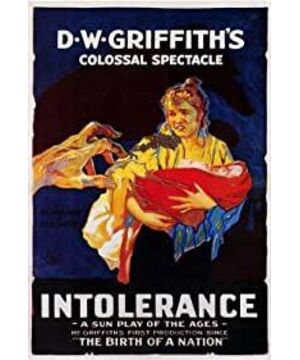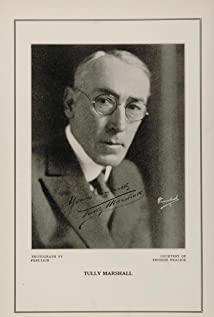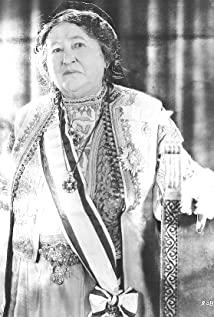"Party to Fight Differing" is an epic masterpiece that uses the concept of parallel montage. The following will select the last 30 minutes of the film to briefly analyze the use of its montage techniques:
the stories of the four eras in the film are detailed and briefly edited around a unified theme of good and evil, beauty and ugliness, hatred and prejudice, and are intertwined. The overall idea that collides together is far greater than the simple sum of the parts, so it is the first practice of rational montage advocated by Eisenstein. The overall rhythm of the first part is slow, and the four stories are told separately, each taking up a relatively long time. Once the parallel editing point is reached, the transition method uses the time-consuming cradle, page turning, and subtitles. (Eisenstein had criticized Griffith's concept of this parallel montage for its unsuccessful attempt to tie the four stories together through the archetypal and mystical image of a single shaking cradle, The symbol of the cradle does not reach the height of generalization or abstraction, it remains at the level of tedious realism.)
As the four stories progress and the contradictions gradually emerge, by the last thirty minutes, the frequency of parallel editing accelerates, and the overall While still using the "cradle" transition, there are also direct switching between scenes from different eras in some parts: for example, at the 155th minute, when the king of Babylon promised to build a new city for the princess, he directly cut into the picture of the Paris massacre. In addition, at 158 minutes and 48 seconds, the images of the march against Babylon and the images of trains and cars speeding in modern stories are directly edited. The ancient Babylonian girl drives a carriage back to report the news and the girl in the modern story drives after the mayor who is about to leave by train, forming two "last-minute rescues" echoing each other. In addition, in the same story, we also pay attention to the use of conflict and contrast methods, such as the 155th minute and 10th to 155th minute and 54 seconds, the song and dance at the Babylonian Dionysus Festival, the enemy army is invading and the girl in the mountain is driving wildly. Screens are cross-edited to create a grim situation.
At the end of the film, it ends in a supernatural religious way using stunts. In the modern story, the girl successfully rescues her lover, and then directly cuts into the miracles that appear on the battlefield. It is transformed into a meadow; the battlefield of Zhige is transformed into people strolling leisurely, as well as the innocent expressions of children and the hugs of people on the battlefield, all showing advanced film skills and concepts.
View more about Intolerance reviews











